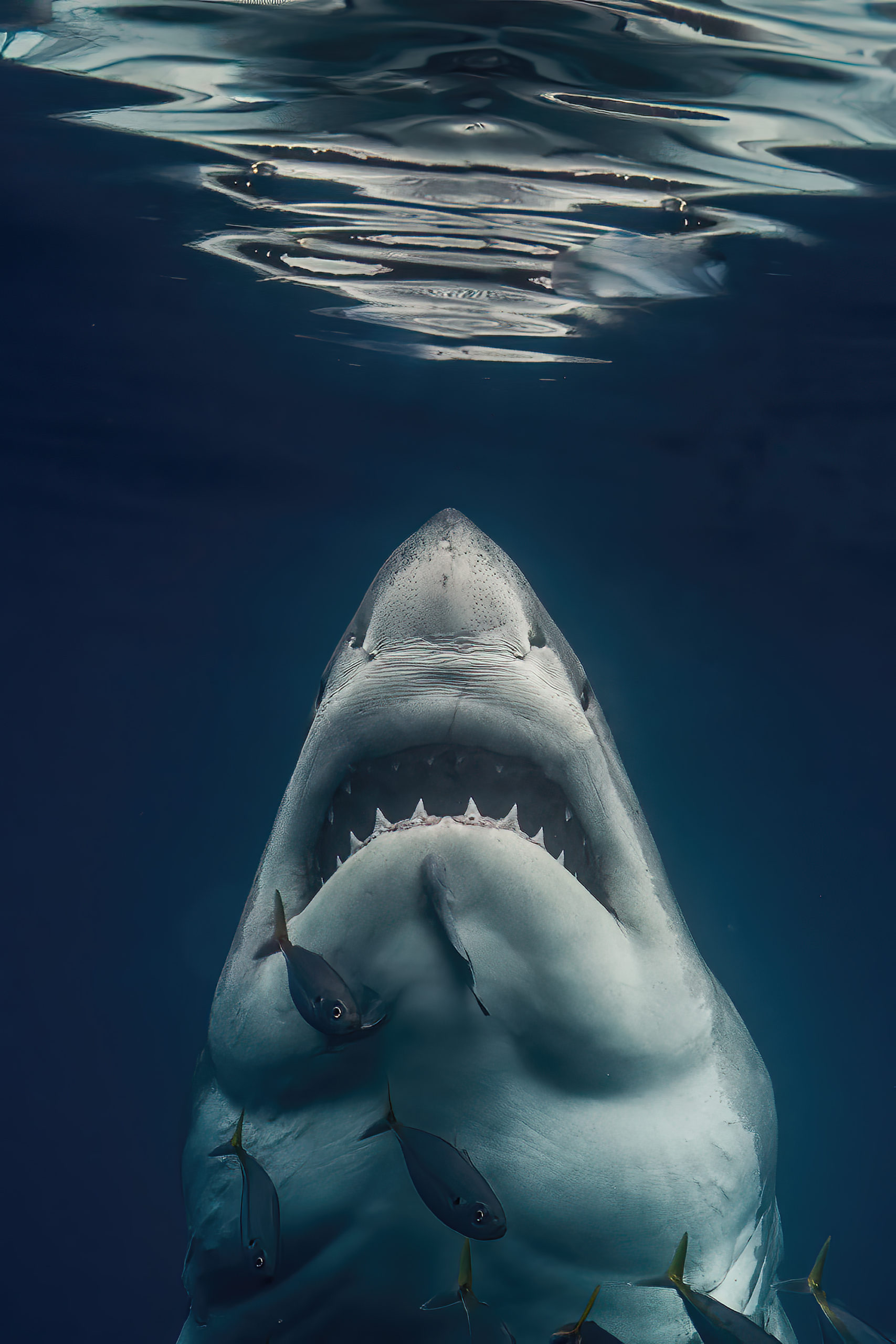“Fear is currency in the media,” says marine photographer and adventure travel company owner Nikki Brant, about how sharks are demonized by media outlets. Most people tend to be wary of swimming in the seas after viewing the movie Jaws. She tells us how she overcame that initial apprehension and is now an undersea photographer advocating for shark awareness.
Subscribers get some sweet perks and are automatically entered into contests! Download our app for iOS, iPad, and Android and get no banner ads for $24.99/year.
The quintessential summer blockbuster Jaws is nearly 50 years old, and almost everyone who saw that movie developed a fear of ocean swimming. The film is arguably one of the best thrillers of all time. No matter how many times I’ve seen it, if I catch a glimpse of a rerun on TV, I still watch a few scenes before I change channels. I doubt Steven Spielberg expected to set off a wave of fear among beachgoers when he filmed it, but it did turn sharks, especially great whites, into the most feared predator on earth. Did this have to do with the storyline showcasing them as vengeful? Was it the ultra close-up angles of the (often malfunctioning) yet menacing-looking mechanical shark? Most conservationists argue that this film alone turned an entire species of fish into deadly villains in people’s minds. And for nearly five decades, they have been battling to improve the vicious reputation of sharks. Nikki Brant and the team at Be A Shark run underwater tours to experience the beauty of sharks in their natural habitat. Recently, she inadvertently snapped a photograph of a great white that eerily looks just like the image on the movie’s poster.
The Essential Photo Gear Used By Nikki Brant
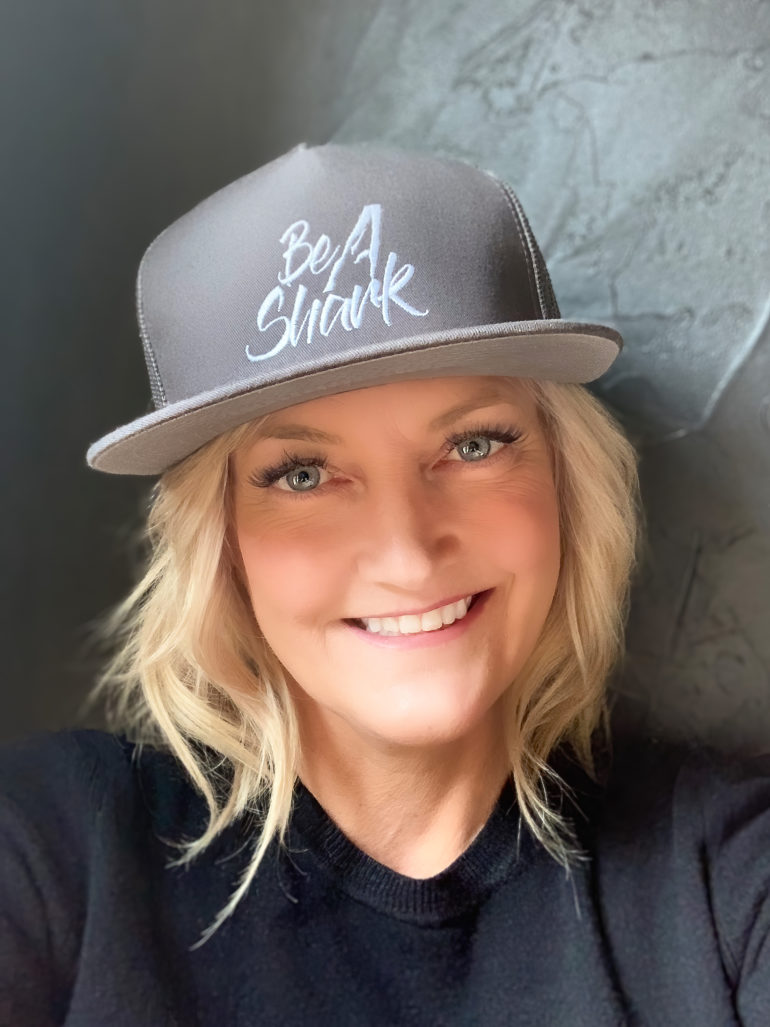
Nikki told us:
- Nikon D850 with a Nikkor 70-200mm lens (on the surface)
- Nikon D500 while underwater
- Nauticam dive housing
- Tokina 11-17mm lens with a 6″ Zen dome port
- Sigma 17-70mm 2.8 lens with an 8″ Nauticam dome port
The Phoblographer: Hi there. Please tell us about yourself and how you got into photography.
Nikki Brant: My name is Nikki Brant, and I swim with sharks for a living. To be more specific, I own an adventure travel company called Be A Shark, which specializes in shark and big animal encounters. A Utah native, I now live in Cabo San Lucas, Mexico, which is an incredible location to see and film ocean life. I got my first DSLR after noticing the animal shelter where I volunteered didn’t have photos of the adoptable animals online. Three years later, I got an underwater housing for my camera and began taking photos of great whites, so I basically learned photography by shooting “Jaws and Claws.”
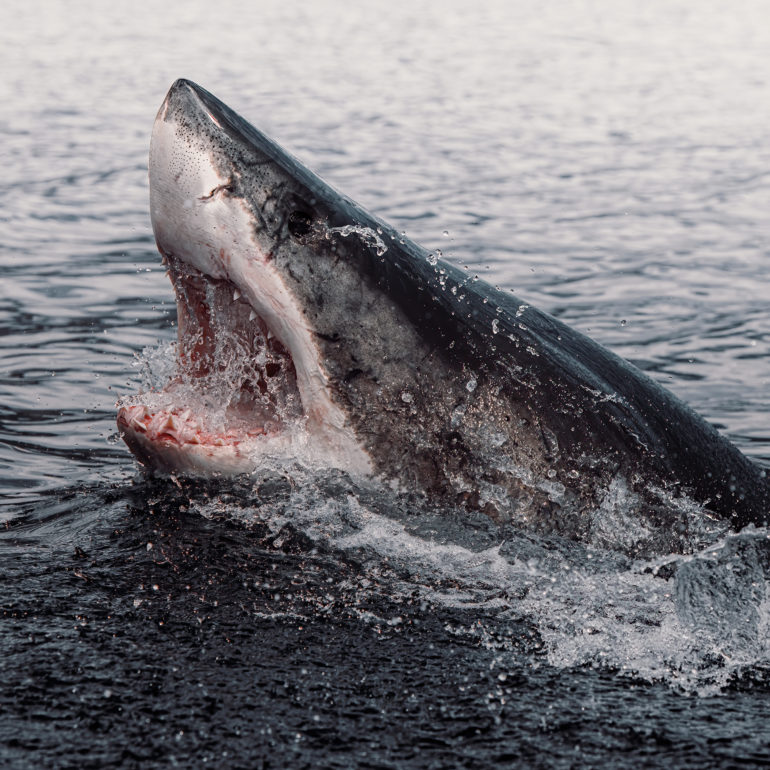
The Phoblographer: As kids, a lot of us were introduced to sharks via movies. nowadays, it starts earlier with infants singing along to “Baby Shark.” Please tell us how you learned about them.
Nikki Brant: My family planned a trip to Hawaii the summer I turned eight, and as an avid swimmer, I couldn’t wait to spend time in the ocean. An older cousin thought it would be funny to let me watch Jaws before my trip, thinking it would scare me out of the water. The movie frightened me, but my kid brain was so determined to swim in the ocean that I dreamt I met the kids in the movie, and they introduced me to the shark, which wasn’t scary or mean at all. From that dream forward, I was fascinated with white sharks.
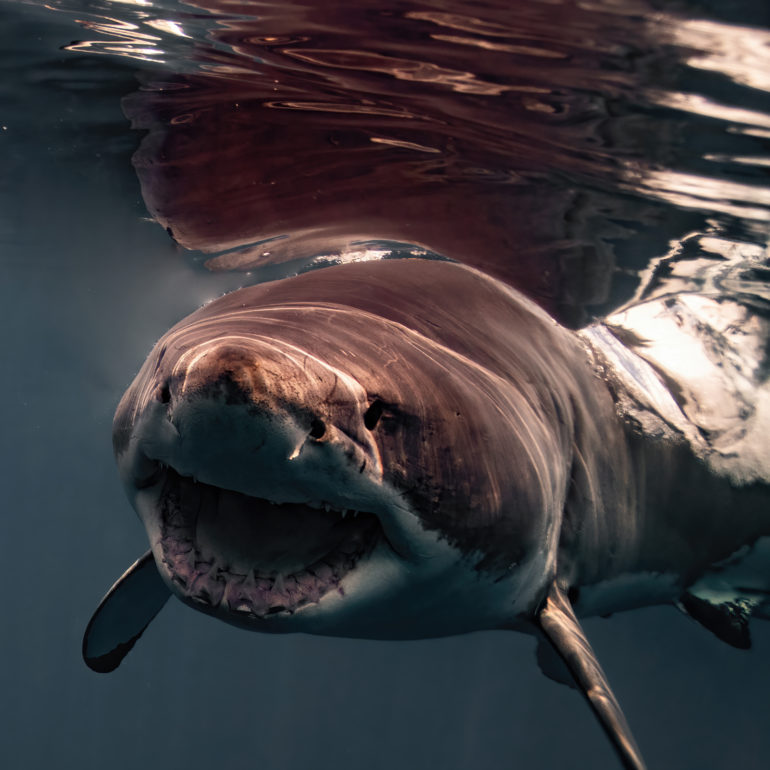
The Phoblographer: When and how did you understand that your interest in these magnificent creatures was something worth exploring on a bigger scale, possibly even professionally?
Nikki Brant: In 2008, during my first Guadalupe trip, I promised myself I would find a way to work with white sharks for a living. As someone with very little dive experience who gets insanely seasick, the options seemed pretty limited.
It wasn’t until 2016, when I met Euan Rannachan and decided to launch Be A Shark, that I was able to accomplish my goal. Now I get to introduce people to my toothy friends for a living, and it’s the best job on the planet.
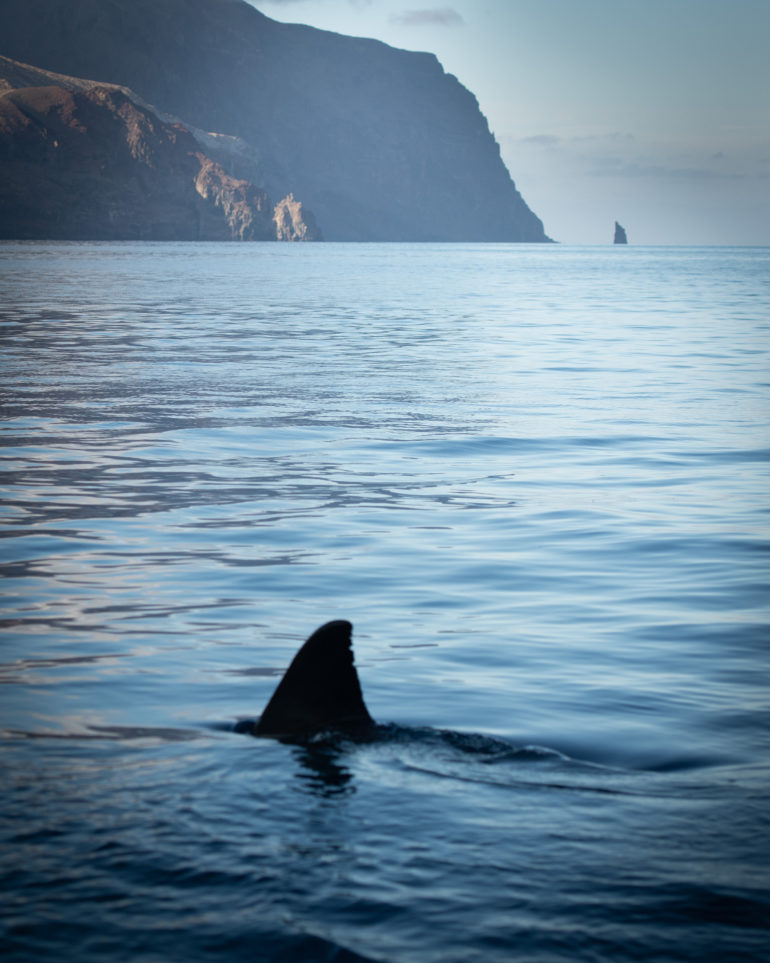
The Phoblographer: Their wide mouths and sharp teeth don’t help improve their reputation. But as someone who engages with them so closely, please tell us what they are really like (when unprovoked).
Nikki Brant: Because scary sells. The media often portrays sharks as mindless killing machines that will eat you the moment you get in the water. While sharks are apex predators, and we can’t ever forget that, the word I most often hear people use to describe their time in the cages is peaceful. The sharks spend most of their time slowly swimming past us, checking us out, and minding their own business. I’ve found this to be the case with other sharks as well during open ocean/cage-free dives.
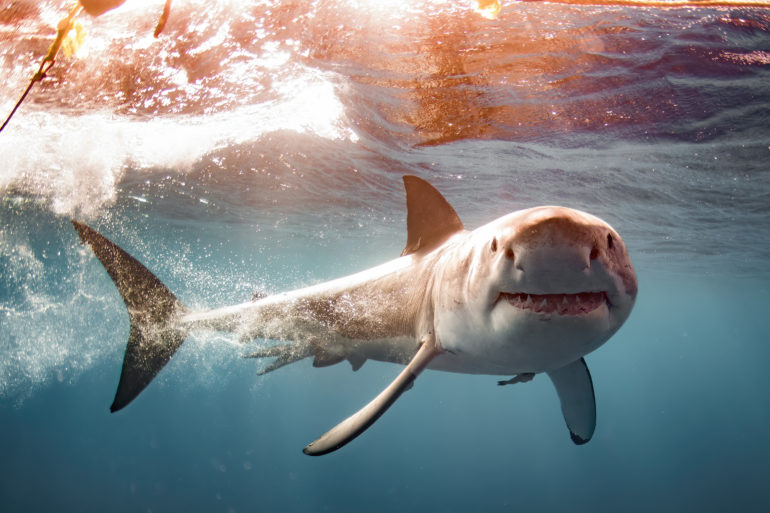
The Phoblographer: When you snapped that viral image of the great white rising to the surface, did you immediately notice the parallels with the Jaws poster?
Nikki Brant: I’m not one to check my shots much while underwater, so when I took the photo of Nicole rising to the surface like the shark in the Jaws poster, it didn’t really register with me. Because I chose not to edit out the remora on Nicole’s “chin” or the fish in the foreground, it didn’t click to me that people would see the shot as being so similar to the Jaws shot until after the photo went viral.
Editor’s Note: See the lead image for this article for reference.
The Phoblographer: What were some reactions after that picture went around the internet so quickly?
Nikki Brant: When the media grabs hold of a shark image, it’s a mixed bag. Having the photo of Nicole out there sparked conversations, which is great. But the clickbait “sharks are scary” headlines that often accompanied the photo were disappointing.
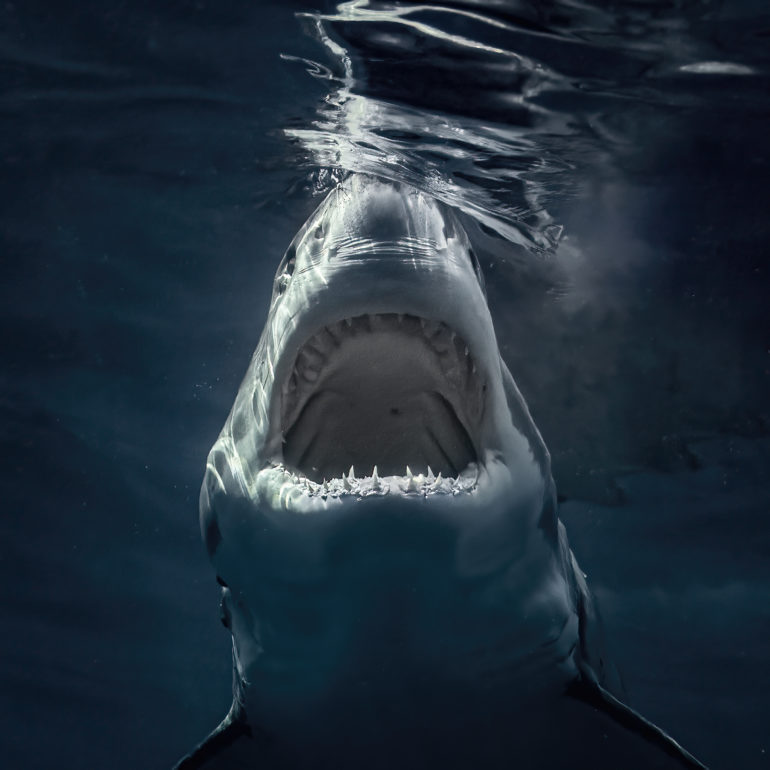
The Phoblographer: Your first few dives under the surface to photograph great whites – was it hard to focus with all those emotions and ideas (and fears?) racing around in your mind?
Nikki Brant: I didn’t have a camera the first few years that I went great white cage diving, so I was able to process all the emotions and get comfortable long before I took a camera into the water. There are still times when I let my excitement get the best of me, and there are times when the moment is so incredible that I put my camera down and just watch. It’s all part of the game, and I’m okay with those moments.
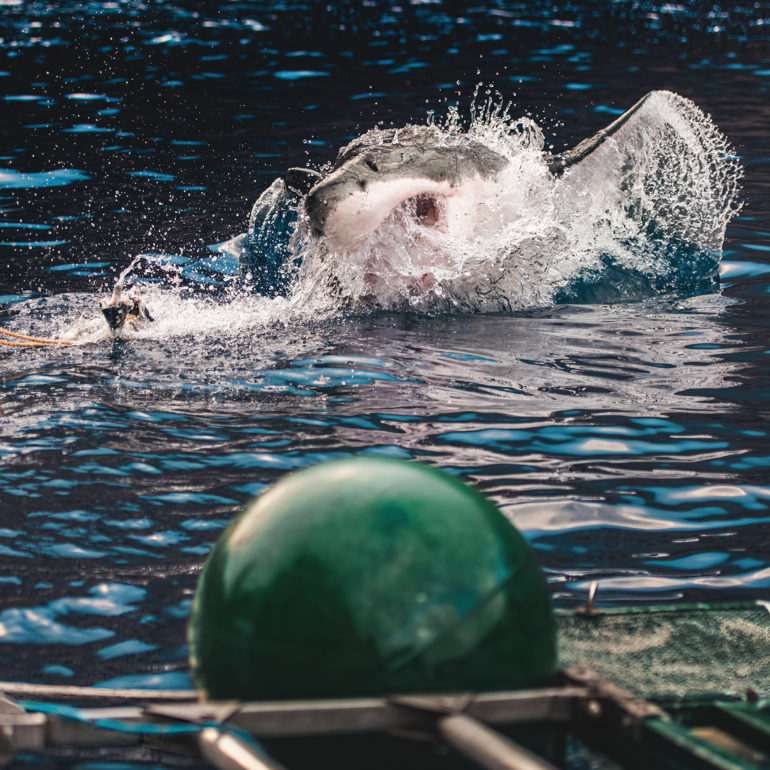
The Phoblographer: This might seem like a silly question, but do some of the regular sharks recognize you and your team now? How do they react if they do?
Nikki Brant: At Guadalupe Island, there are over 450 individually identified white sharks, and some of them are considered regulars around the cages. While I’m not sure they recognize us as individuals, my team and I know many of them by sight. Like humans, sharks have individual characteristics.
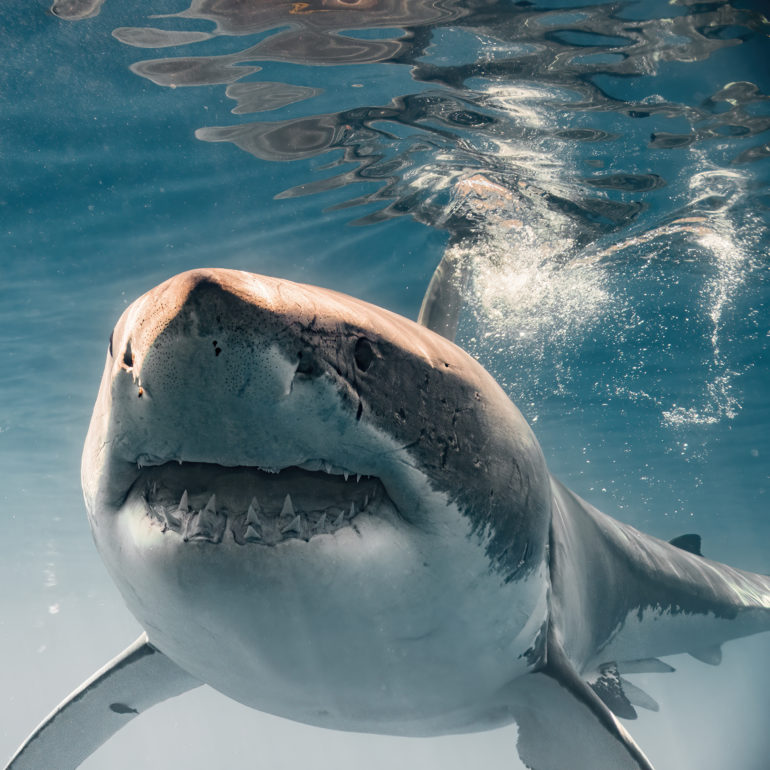
Some are shy, some are curious, some are goofy, and some are territorial. From a photography standpoint, it’s less about how many sharks we see and more about which sharks we see. There are certain sharks that always put on a show around the cages, so when they show up, we know it’s going to be a good day.
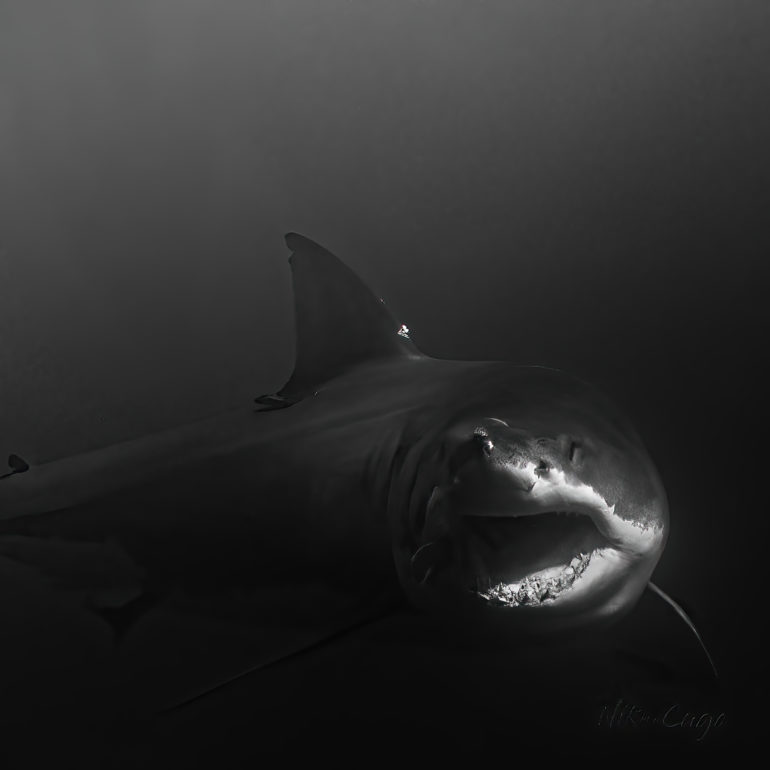
The Phoblographer: What are some of the best times of the year/conditions to photograph sharks in? And what have been some of the most memorable experiences doing this?
Nikki Brant: The clarity of the water at Guadalupe Island is what makes it so special, and the way the light changes during the day is pure magic. And while I’ve had numerous magical moments in the water with sharks, it was my recent time spent photographing American Saltwater crocodiles that affected me most. I had the same fear of crocs that many people have of sharks, so I got to experience what many of my clients are going through when they first get into the cage. Prior to getting in the water, I had no idea crocs could rise up on their rear legs and run towards you like a prehistoric underwater T-rex. Now I know.
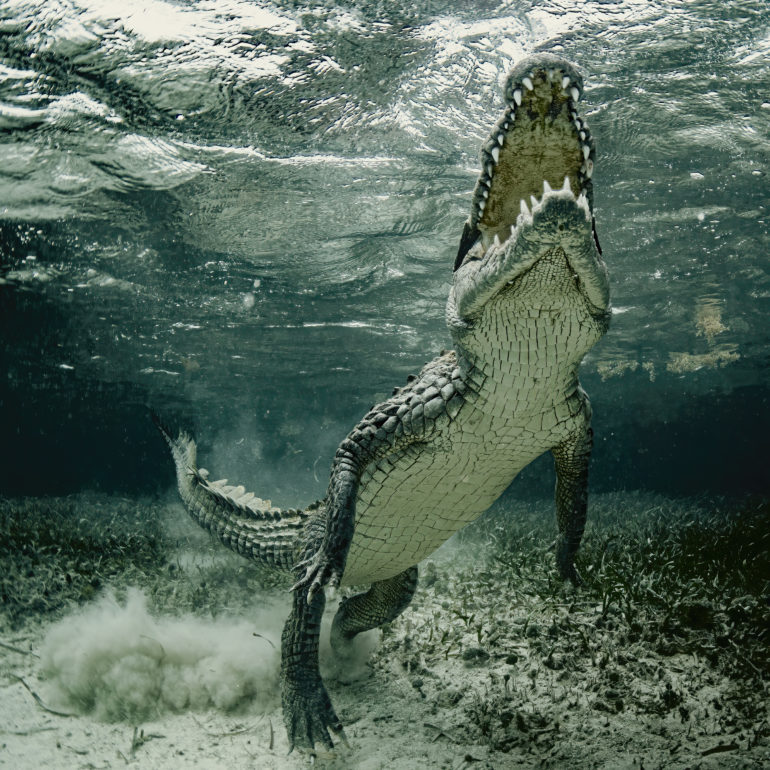
The Phoblographer: With the release of Jaws in 1975, beachgoers began to view the seas differently. Many movies that followed have villainized sharks forever, probably more than any other species of animals. Why do you feel this still continues?
Nikki Brant: Scary sells. Fear is currency in the media, and until we can change that mentality, it’s going to be an uphill battle for white sharks.
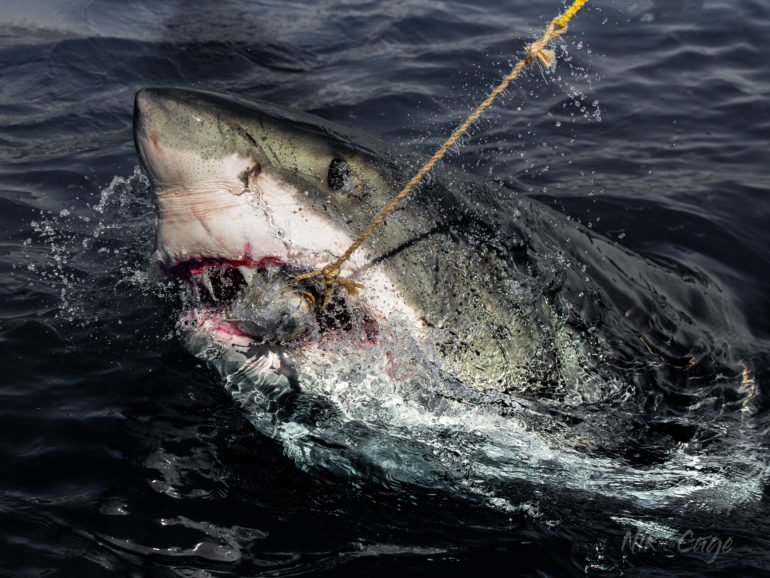
All images by Nikki Brant. Used with permission. Check out her website and her Instagram page to see more of her underwater photography.
Want your work to be featured? Click here to see how.


